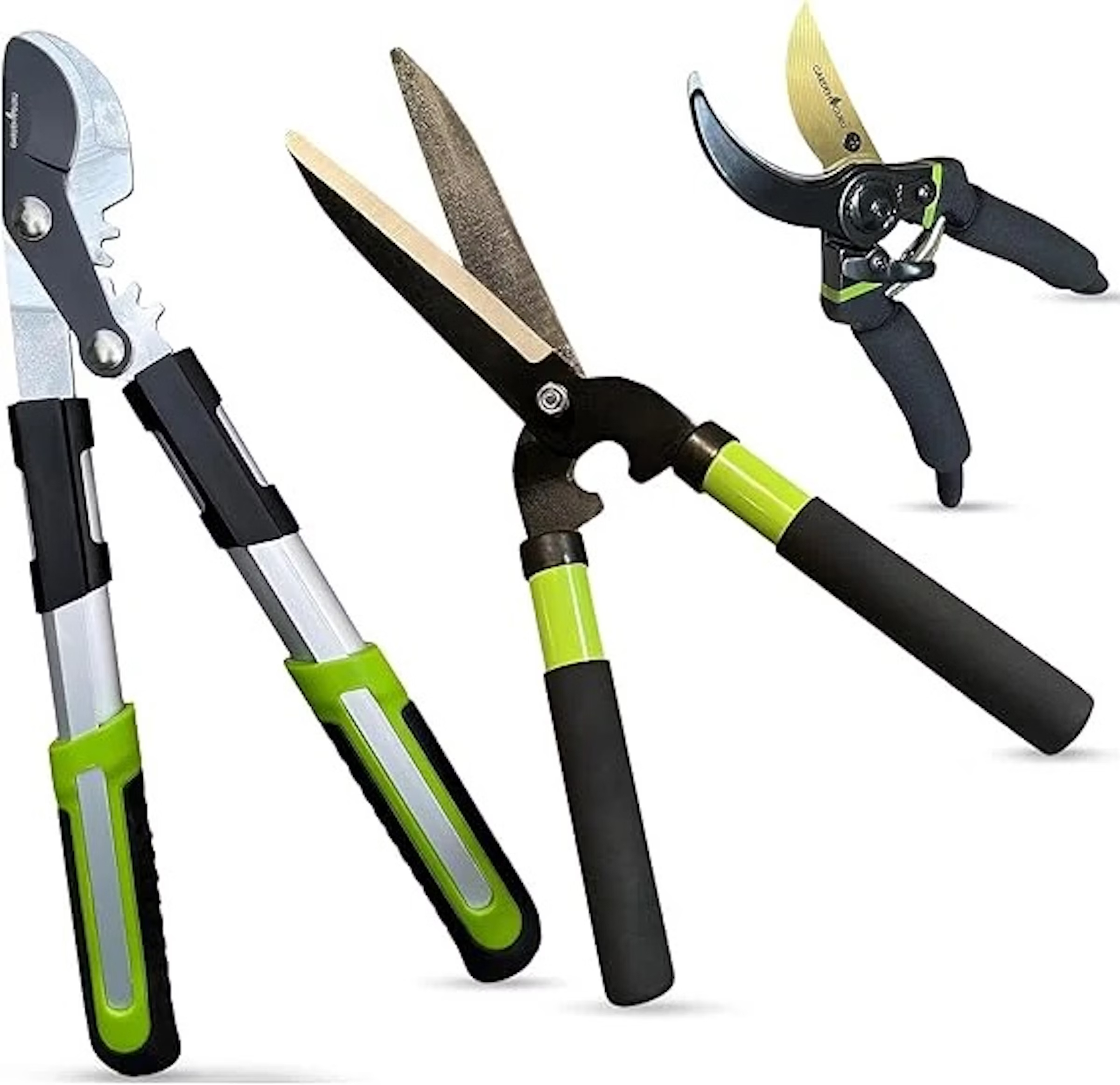8 Plants You Should Always Prune In June – Or Risk Ruining Summer Growth
Timing is everything when pruning. Trim these key plants now to boost growth, prevent disease, and keep your garden thriving through summer.

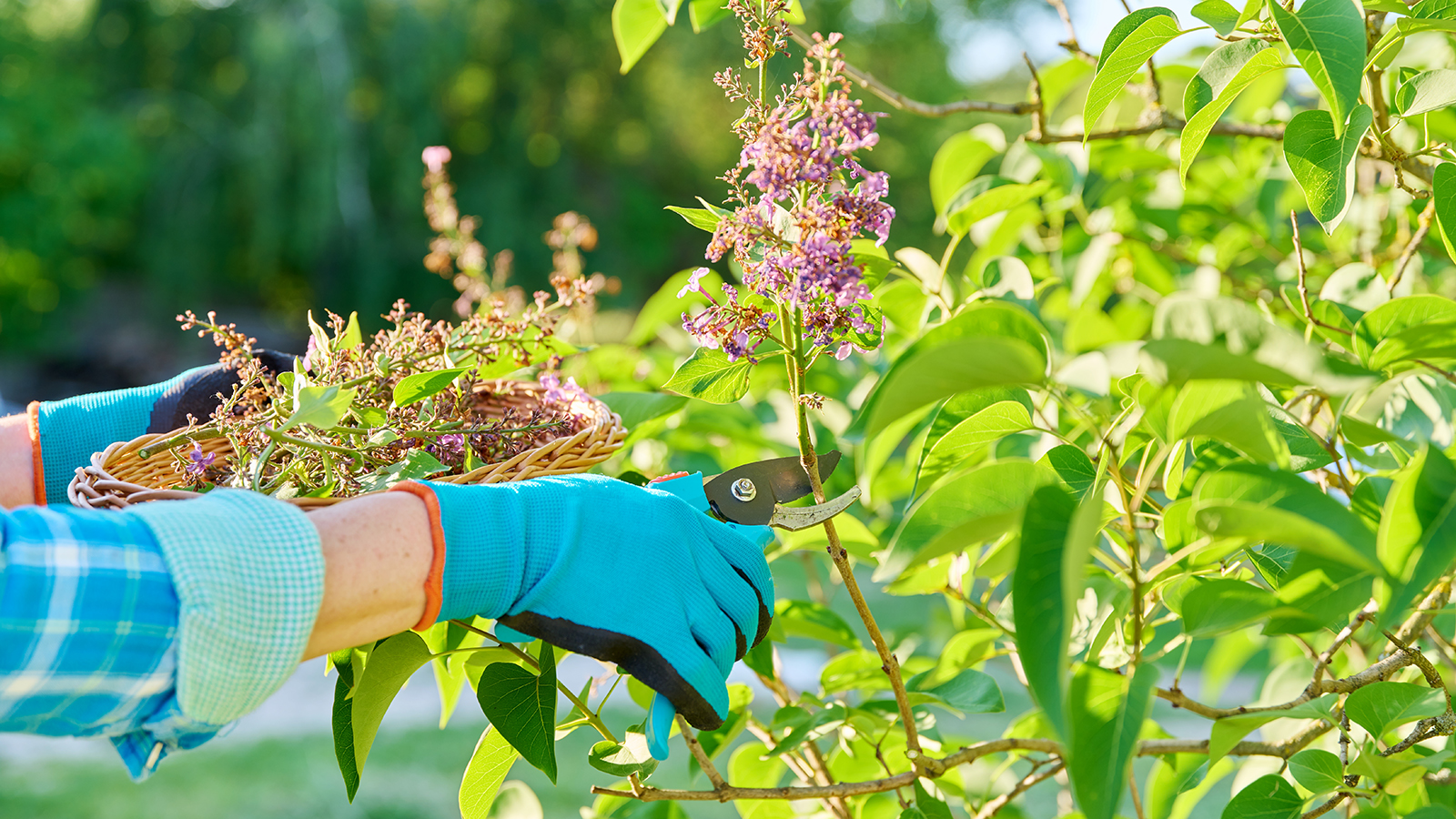
Early summer, specifically June, is a great time to prune for many gardeners. Ideal pruning times vary depending on the plant and the location and climate, but in most cases, it’s time to prune spring-blooming shrubs, certain perennials, and some of your herbs.
Many plants benefit from pruning to thin and shape them, to manage their size, to encourage flowering and new growth, and to generally keep them healthy and thriving. Knowing when to prune is key, as cutting back a plant at the wrong time risks stressing the plant, weather injuries, spreading disease, or removing flower buds. When you time pruning correctly, you maximize all the benefits.
Dormant pruning is a common strategy for many plants. Pruning when a plant is dormant in late winter or early spring allows it to use its energy for wound healing and new growth. Some plants, when pruned in the growing season, become stressed and divert energy to managing the stress rather than to new growth.
There are exceptions to this rule. Many plants can be lightly pruned during the growing season. Some even benefit from more heavy pruning this time of year. Here are some examples of common garden plants you can and should prune in early summer, around June.
1. Lilac
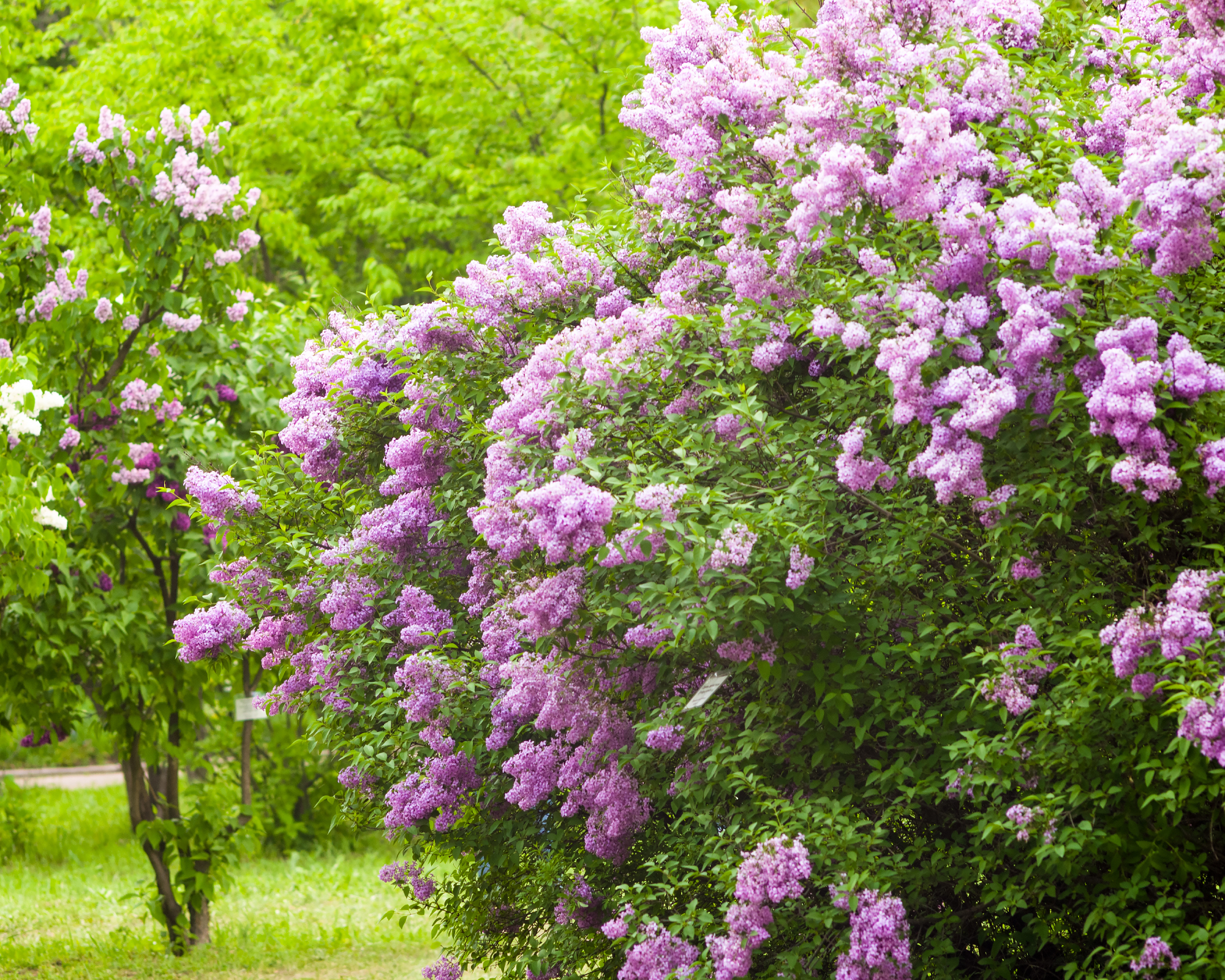
The best time to prune a lilac shrub is right after it has finished blooming. As a late spring bloomer, lilac will be ready to prune in early June in many gardens. Don’t wait too long. Your lilac will start setting next year’s buds right away after flowering, so avoid pruning too late in summer or in fall.
When pruning lilacs, trim out dead or diseased stems and any that are larger than two inches (5cm) in diameter. Trim younger stems to an outward-facing bud partway down their length. This will help the shrub fill in as it grows.
2. Forsythia

Like with lilac, pruning forsythia should be timed for right after blooming. Later trimming risks removing next year’s flower buds. Exactly when you will prune your forsythia depends on your growing zone and the weather. Forsythia generally finishes blooming in May. Remove about a quarter of older branches and then shape and remove smaller stems to open up the interior of the shrub and to shape it.
Sign up for the Gardening Know How newsletter today and receive a free copy of our e-book "How to Grow Delicious Tomatoes".
3. Mock Orange

Mock orange is a popular spring-flowering shrub for its orange blossom aroma in addition to pretty white blooms. It’s also a great shrub for low-maintenance gardens. If you don’t get around to pruning it in June, you leave it until next year without serious consequences.
If it needs shaping and size control, prune mock orange soon after it flowers, typically in June. Trim back about a third of the shrub to maintain the size. Cut back the oldest, woodiest stems all the way to the ground.
4. Joe-Pye Weed
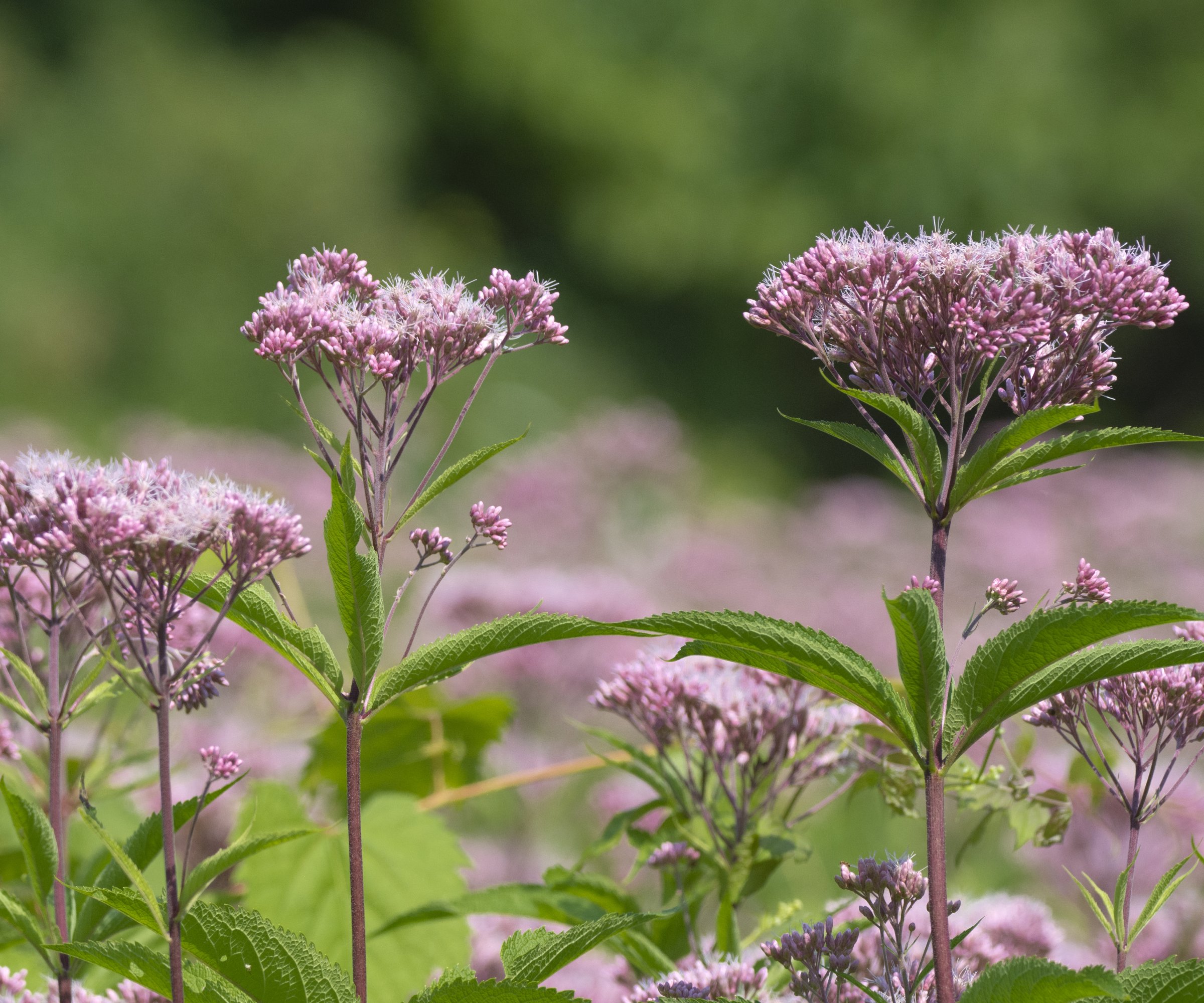
Your taller summer perennials can benefit from a trim in June to keep them a little shorter and to encourage bushier growth. Joe-Pye weed can grow very tall, which can lead to weaker stems flopping over as they bloom in late summer. Avoid this by cutting the stems down in June by about a third. This might delay flowering a little, but it will give you more manageable, attractive plants when they do bloom.
5. Bee Balm
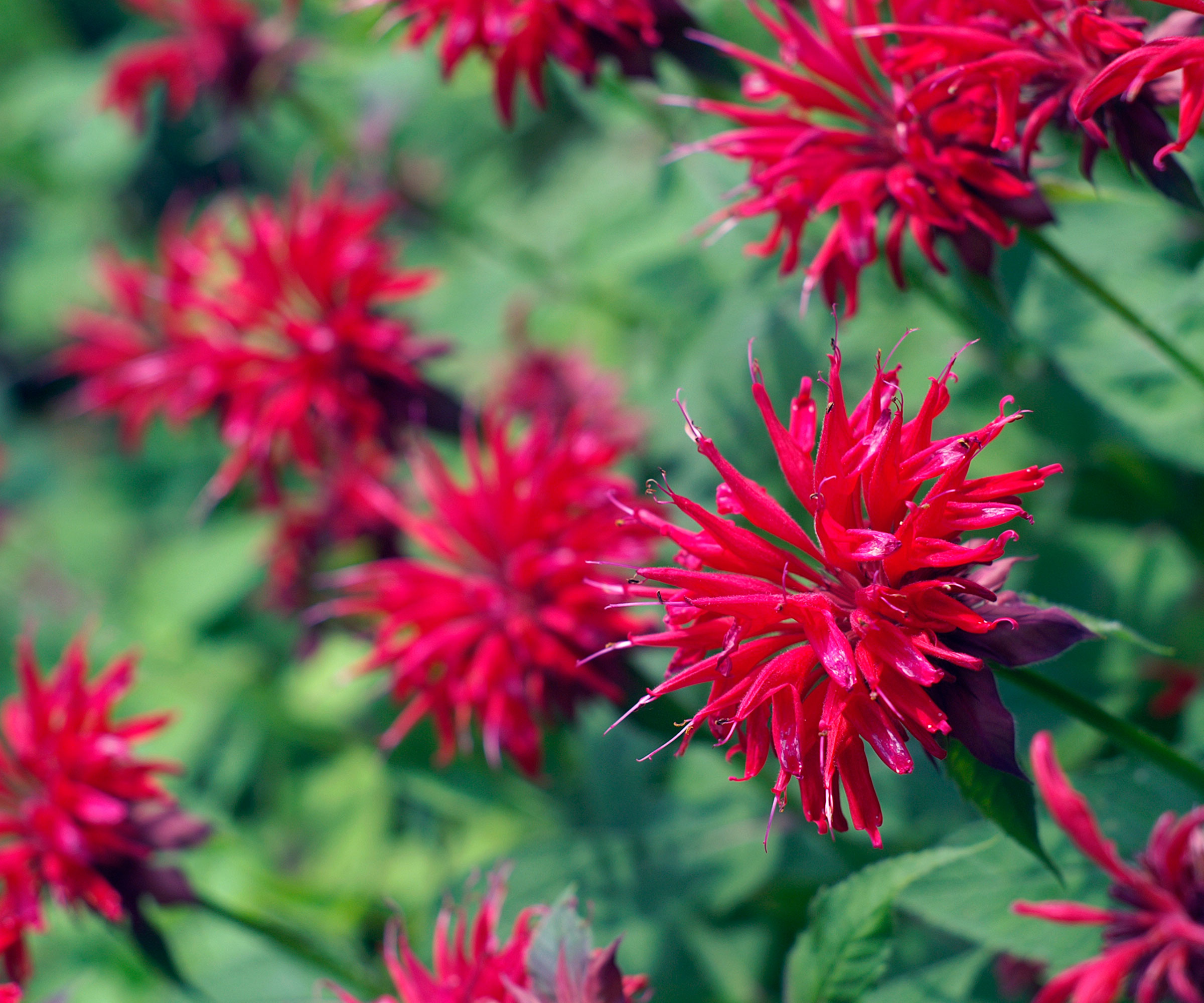
Heavy-flowering summer perennials like bee balm do not require heavy pruning for shaping or size management. However, they benefit from some maintenance work in early summer. Deadhead the spent flowers to encourage additional blooms and trim back the stems lightly to encourage branching and bushier growth.
6. Asters
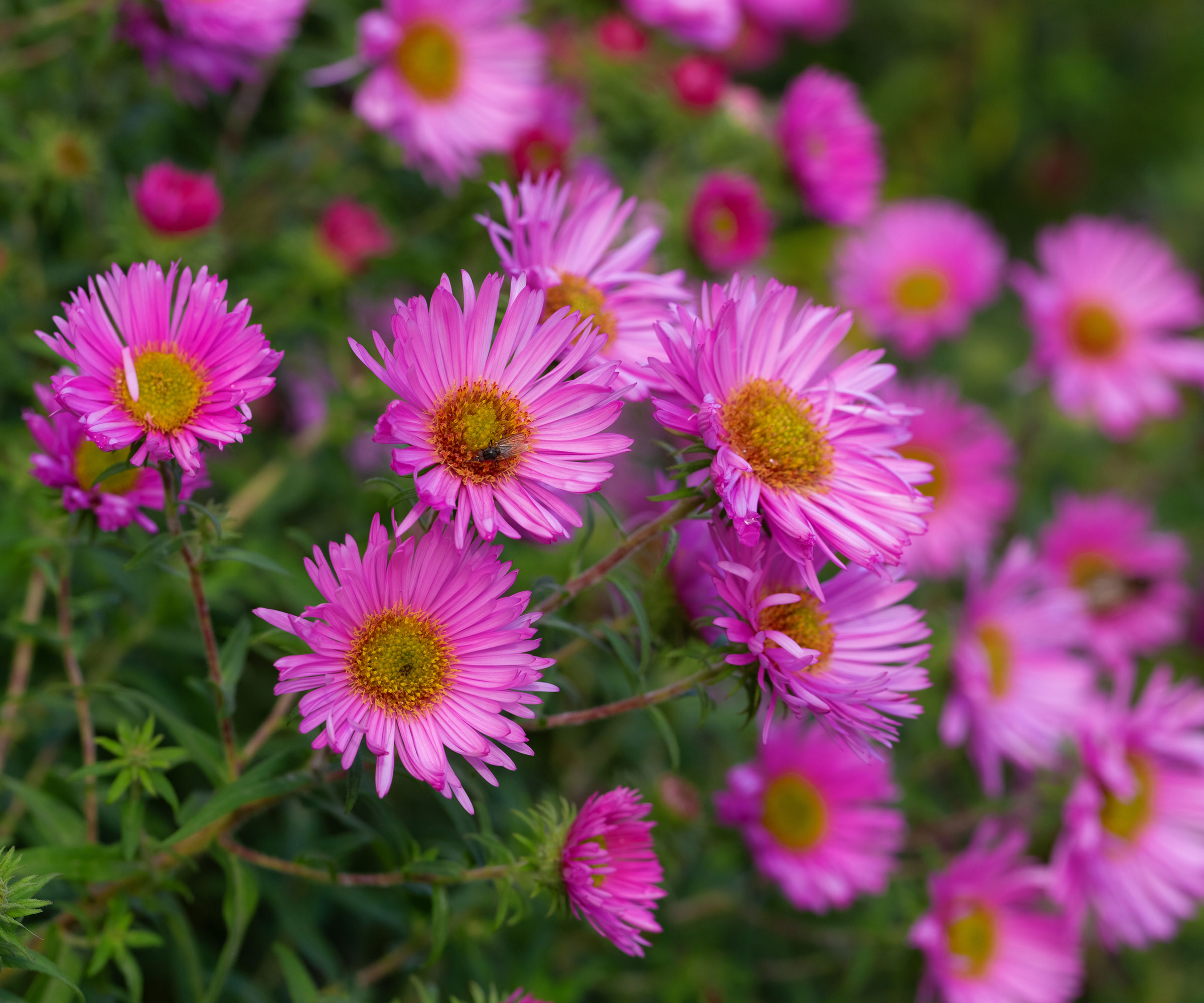
Some of your fall-blooming perennials can also benefit from early summer maintenance. Trimming them back now can keep their stem heights under control, reduce the risk of floppy flowers, and avoid the need for staking. Asters are great examples of fall perennials that can be pruned in June.
One strategy is to simply pinch off stems or lightly trim out stems entirely to encourage bushier growth. Another strategy is a more drastic cut. When pruning asters, trim all the shoots back by about half in June and then shape them as needed. This move delays flowering a little, but overall gives you a shapelier, more attractive plant.
7. Chives
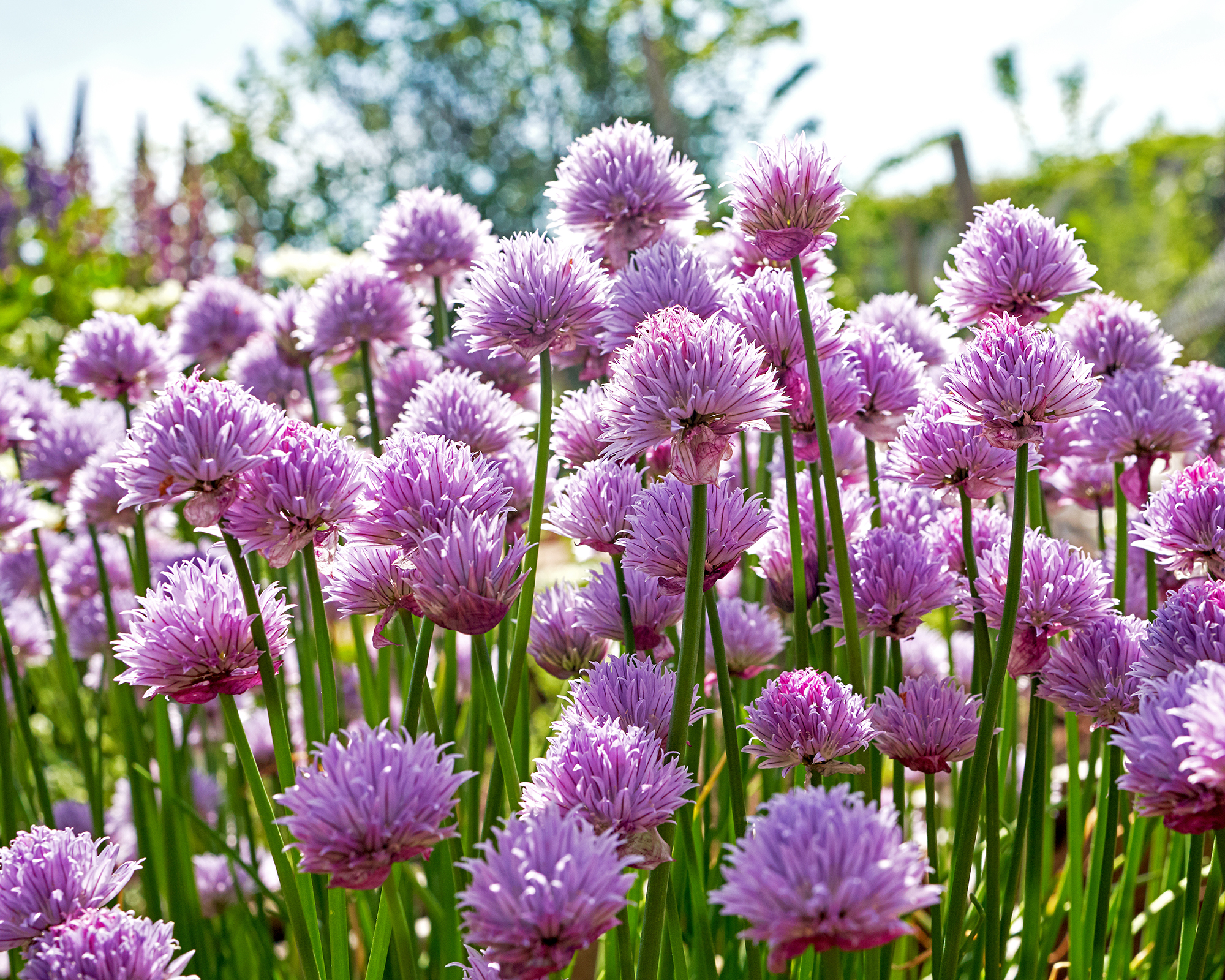
June is the right time to cut back or strategically prune and pinch certain herbs, especially those that bloom early or tend to bolt in the hot weather of midsummer. After chives have flowered, cut most of the way back. They’ll regrow from this point and give you an additional harvest.
8. Cilantro and Basil
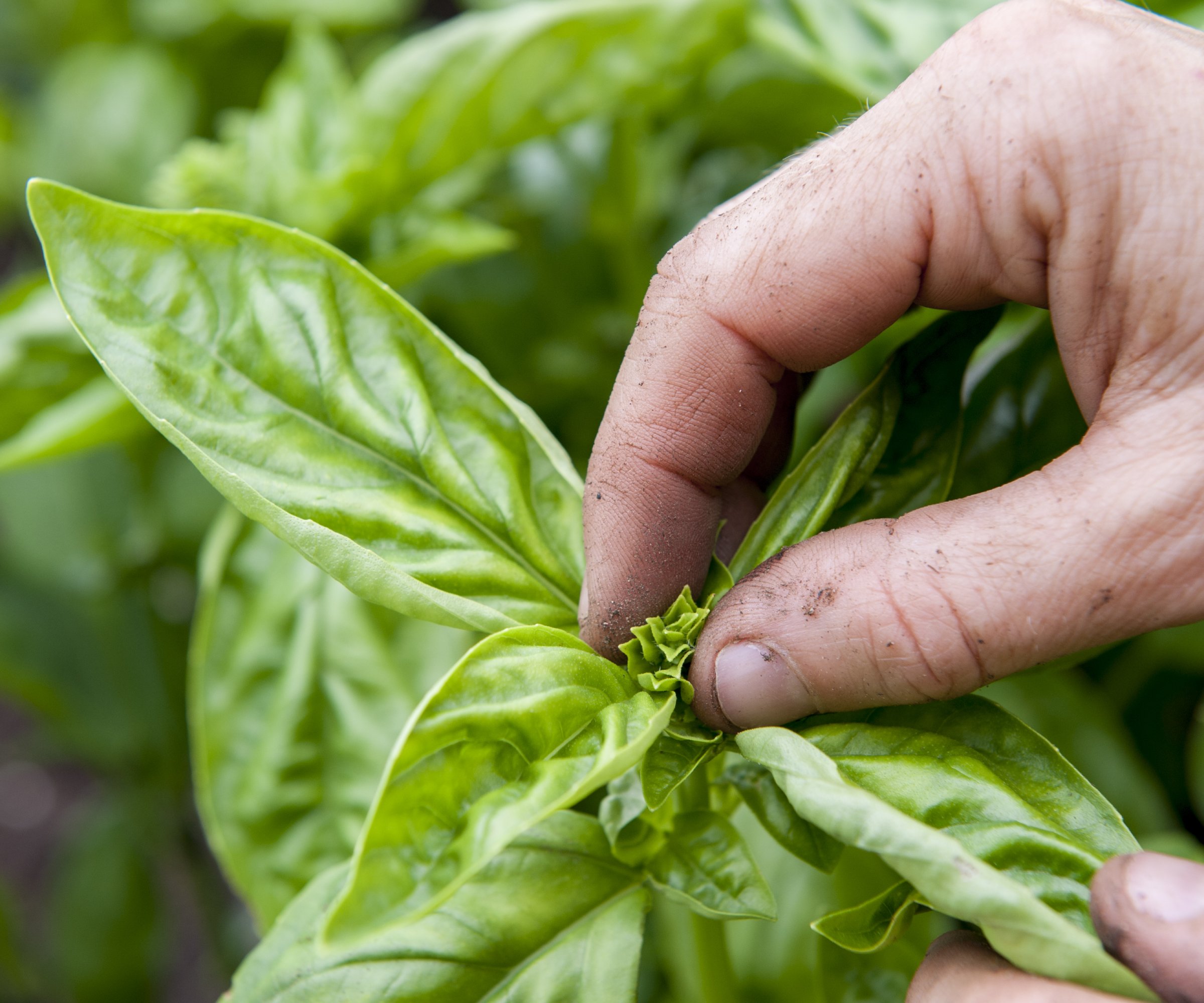
Cilantro and basil both readily bolt in hot summer weather. Depending on where you live and garden, June might be a little early to worry about it, but it’s when you should begin keeping an eye on the plants. Pinch off flower buds as soon as you see them growing, and keep the plants well-watered as the temperatures climb.
Keeping the flowers from growing will extend your harvest time. Once they flower, the leaves do not taste as good. June is also the right time to pinch your basil plant and harvest cilantro stems to promote more new growth, which will also help extend the harvest.
This article features products available from third party vendors on the Gardening Know How Shop.

Mary Ellen Ellis has been gardening for over 20 years. With degrees in Chemistry and Biology, Mary Ellen's specialties are flowers, native plants, and herbs.
